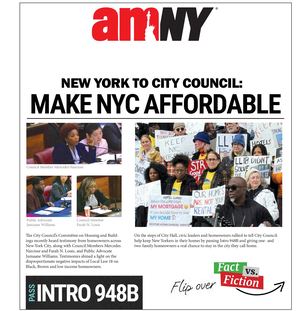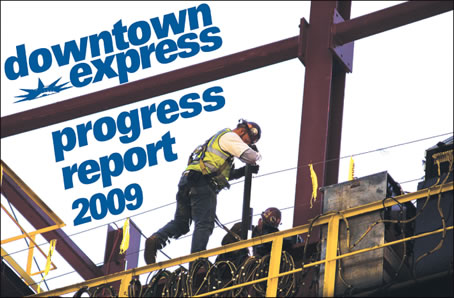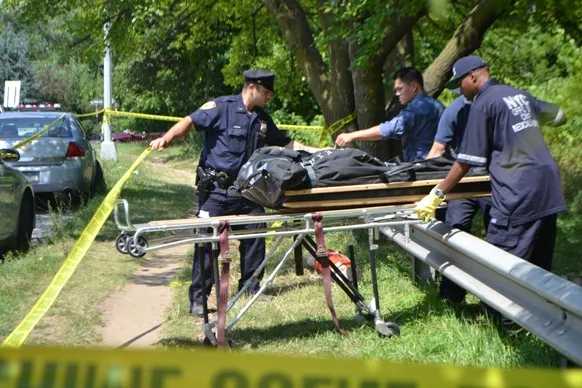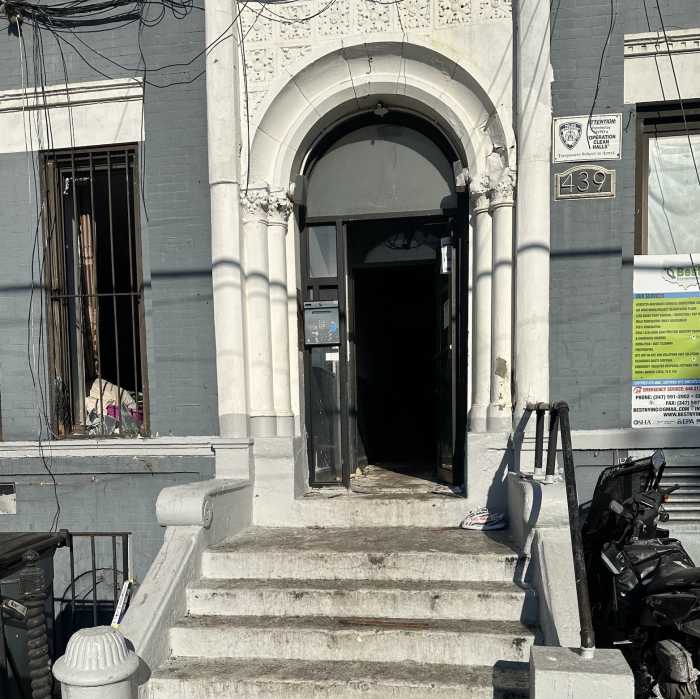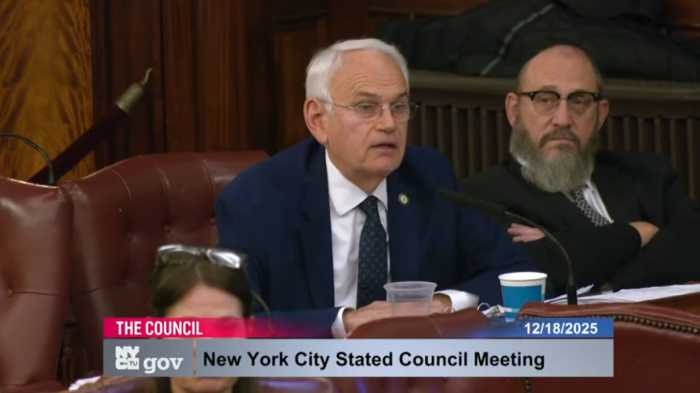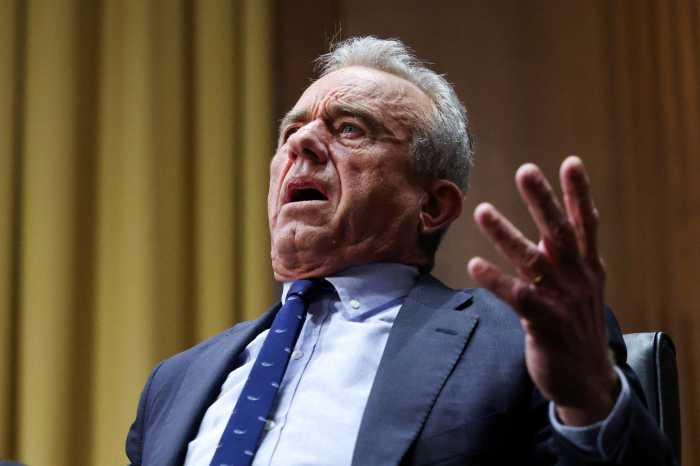The Port Authority refuses to guarantee bank loans that Larry Silverstein needs to build two office towers at the World Trade Center site. This position defies reason. It provides no possibility of a positive outcome for the Port or Downtown. It is a betrayal of the public trust, of everything that was promised us. With no reasonable explanation for their position, we can only assume that the Port has a hidden agenda.
The Port Authority has many fine qualities and capable people. It was bestowed the W.T.C. site because it was an unstoppable force. The Port took 16 acres of historic New York buildings, tore them down and built the two tallest buildings in the world, a New York landmark. How could this same organization fail so badly at a site that has been empty for seven years?
This time, the Port is not the sole authority. The memorial controls about half of the site. Silverstein has the right to rebuild the commercial space. The Port is confined to the less glamorous pieces: infrastructure and a transportation hub.
This is a dramatic drop in standing for the Port, an organization accountable to almost no one. The massive and extravagantly costly W.T.C. Path Station is their object of pride. The Port is determined to build this $4 billion memorial to themselves.
Consider the financial implications of the Port’s strategy. It is undercutting development of two of the largest, most marketable buildings, Towers 2 and 4. It is funding and building the most expensive and least marketable building, W.T.C. 1 (Freedom Tower). The transportation hub can only be justified by more commuters coming to work in the area. W.T.C. retail also depends on commercial development to generate pre-9/11 revenue. Silverstein’s buildings are the glue that holds the site together.
The Port is not constrained in its options to build on the site. It got a couple billion dollars of federal money. For the rest, the Port can simply raise tolls on all existing commuters. The W.T.C. can be completed with just two towers but it will be a misappropriation of commuter and taxpayer funds on a Port Authority ego statement unjustified by principles of urban or financial planning.
If the Port takes control of the W.T.C., construction will drag out for years. There will be more delays (as with W.T.C. 1) and more budget shortfalls (as on every Port project). Full financial risk and management responsibility will fall on the Port.
The Port needs management help at the W.T.C. On W.T.C. 1, Silverstein has saved the Port Authority many times. Silverstein engaged architect David Childs to develop an inspired building and prepared the site for construction. When the Port blew the N.Y.P.D. security review process, Silverstein and Childs got it back on track with a new design. When the Port took over construction of W.T.C. 1, its many layers of bureaucracy and construction management brought work to a halt. With Silverstein in control, W.T.C. 1 could be near the 60th floor today. Tishman Construction started laying steel for the Goldman Sachs building within months of when they started on W.T.C. 1. Today, Goldman is fully enclosed. W.T.C. 1 is four stories of beams and concrete.
After blaming Silverstein for delays, the Port has been late to deliver every building site, a total of nearly 1,000 days of delays. The Port fired Phoenix, the construction project manager for the site. Construction people in the neighborhood complain about the uncertainty about when and where they will be able to work. Retail businesses are already struggling, and face further reductions in business.
For years, I have pleaded in public hearings for the Port to make fiscally responsible decisions to rebuild our neighborhood. They never heeded my warnings of pending financial crisis, but were infinitely willing to pander to every obstructionist special interest that showed up. They heeded the preservationists who belittled community pleas. The Port rarely expressed concern about the financial implications over years of decision making.
The current financial situation is not good. Port spending has no hope of generating incremental revenues. Silverstein could end up bailing on the site, ending the lease payments that the Port has been receiving since 9/11. Replacement of Silverstein is unlikely, will cause massive delays, and would serve no public good. The Port has already lost JPMorgan Chase as a tenant for W.T.C. 5. Even Westfield’s role in the retail space is not locked down. The Port is spending billions on infrastructure to support about 40% of the pre-9/11 commercial space.
If the Port backs bank loans for Silverstein, it could take advantage of Silverstein’s construction and management expertise, demonstrated on W.T.C. 7 and now at W.T.C. 4. The Port would not have to put up any additional funds for many years, if at all. My bet is on Silverstein to succeed, but if he fails, the Port would get the whole development. The risk to the Port is very low.
The Port must set aside its pride and control and become part of a team. Supporting Silverstein today would enhance its own fiscal position tomorrow. If not for Port delays, Silverstein might have already had the necessary funding. A loan guarantee today could atone for Port delays and give New York a spectacular W.T.C. One 9/11 lesson is that people are stronger and can accomplish more when they work together. I hope that the Port Authority understands this, before it is too late.
David Stanke lives across from the World Trade Center site and writes on Downtown issues. He was a consulting party to the Section 106 World Trade Center historic preservation process.
